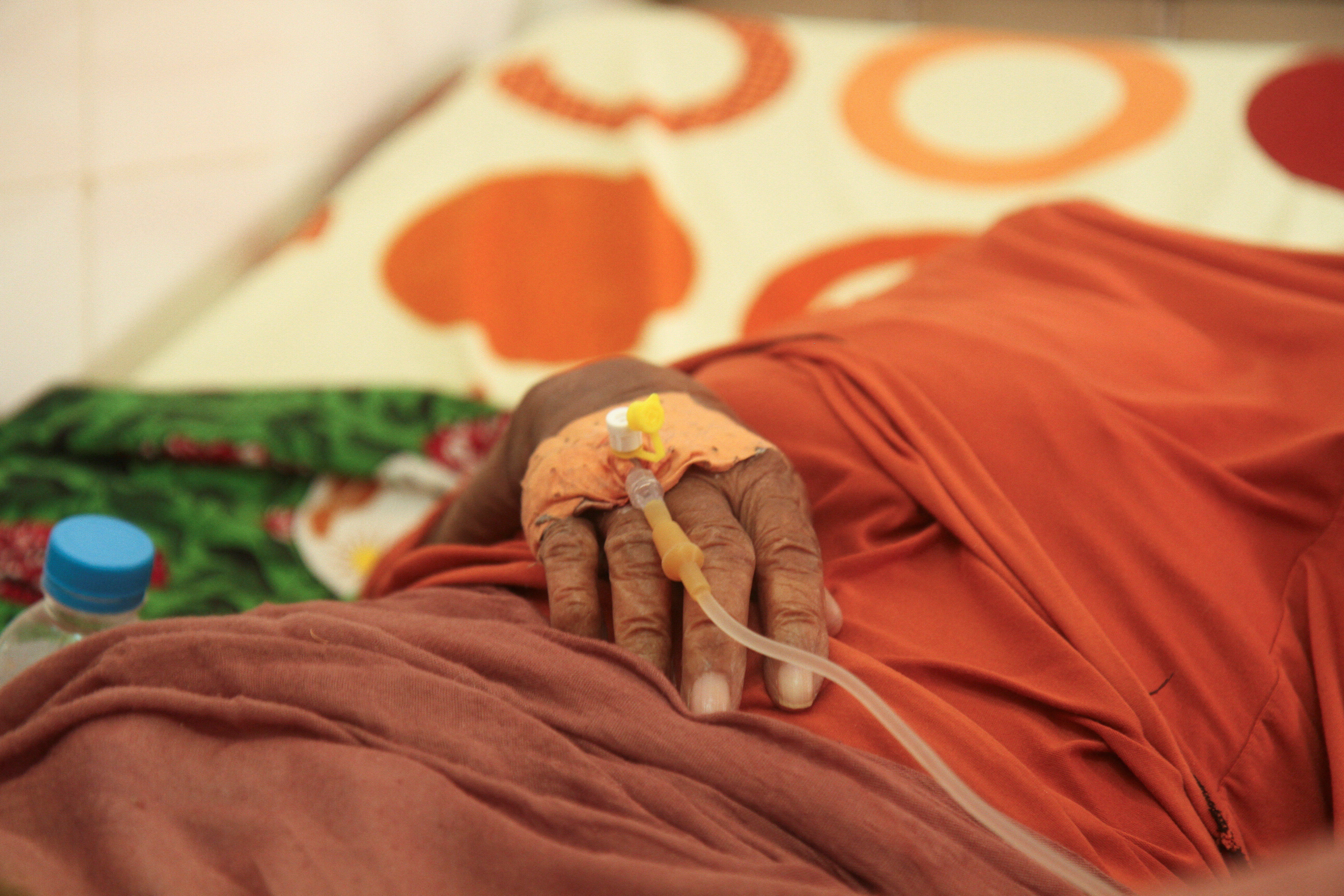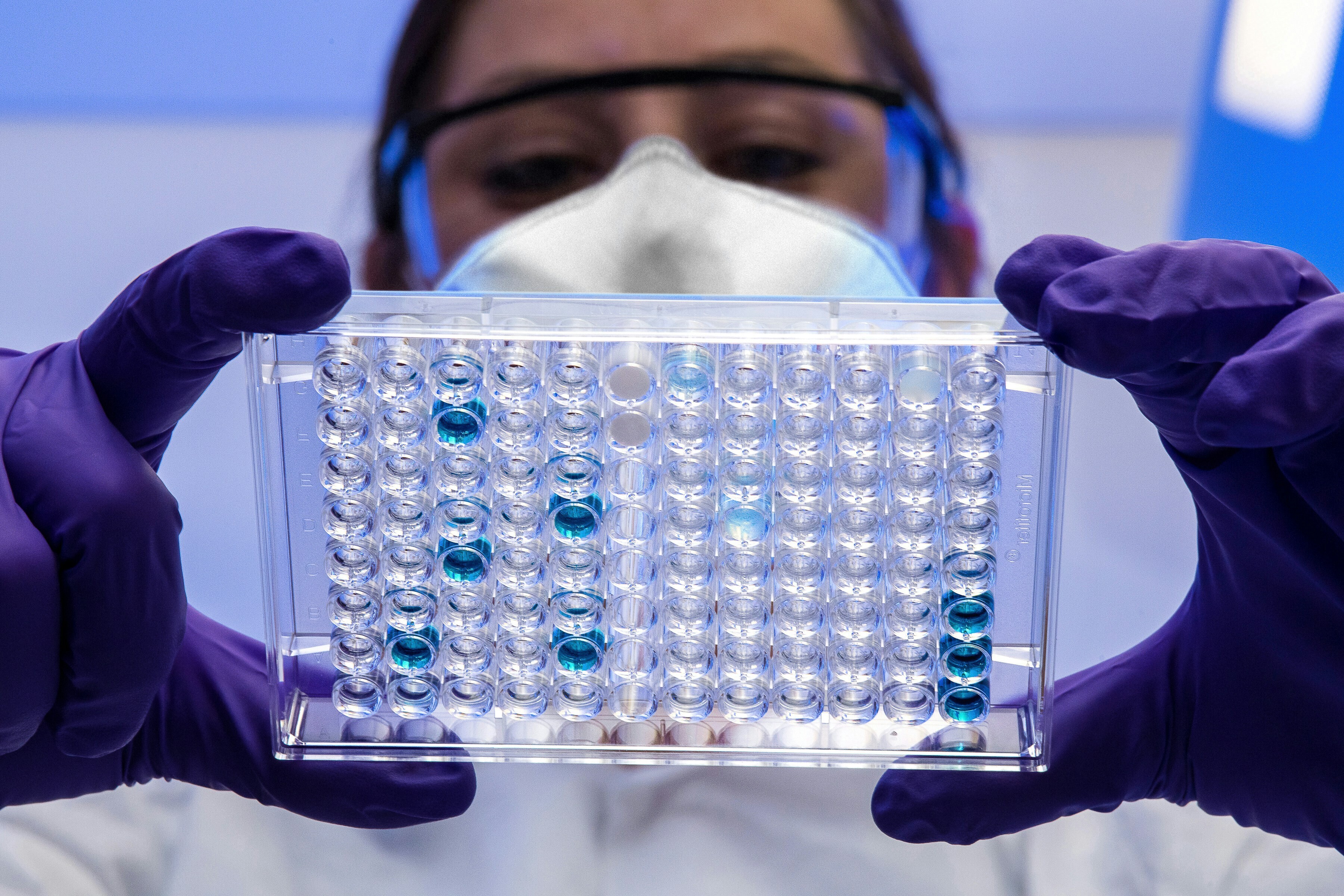COVID-19: What you need to know about the coronavirus pandemic on 21 September

The Taj Mahal has reopened to visitors in Agra, India.
Image: REUTERS/Alasdair Pal
Explore and monitor how COVID-19 is affecting economies, industries and global issues
Stay up to date:
COVID-19
- This daily round-up brings you a selection of the latest news updates on the COVID-19 coronavirus pandemic, as well as tips and tools to help you stay informed and protected.
- Top stories: COVID-19 found on food packaging; schools reopen in South Korea; New Zealand relaxes restrictions; global GDP gets ready to rebound.
1. How COVID-19 continues to affect the globe
There are now more than 31 million confirmed coronavirus cases worldwide, according to the John Hopkins University of Medicine. The number of confirmed deaths has passed 960,000.
Some schools are reopening in South Korea for the first time in weeks, as the confirmed case count falls to the lowest levels since the middle of August. Students will receive a blend of online and in-person teaching.
In France, health authorities recorded 10,569 new confirmed cases – down on the previous day’s figure of 13,498. There were 12 new deaths, bringing the total of COVID-19 fatalities there to 31,585.
New Zealand is easing some restrictions as it tackles a second wave of infections. “Our actions collectively have managed to get the virus under control,” said Prime Minister Jacinda Ardern. The city of Auckland still has restrictions in place.
The coronavirus has been detected on food packaging, according to health officials from Fuyu city in China’s Jilin province. Squid, imported from Russia, is said to be the source of the latest concern – authorities have urged anyone who may have eaten it to get tested.
With just 16 new cases confirmed, Australia has recorded its lowest daily COVID-19 rise since mid-June. However, authorities there say it is still too soon to relax restrictions in the state of Victoria, which has been the centre of the country’s latest wave of infections.
Global GDP will bounce back to pre-pandemic levels by mid-2021, according to Deutsche Bank. This assessment comes as the bank’s global head of economic research, Peter Hooper, said the economic recovery has “proceeded significantly faster than we envisioned”.
What is the World Economic Forum doing to manage emerging risks from COVID-19?
2. Taj Mahal reopens
Built between 1631 and 1648 by Mughal emperor Shah Jahan as a memorial for his wife Mumtaz Mahal, the Taj Mahal is one of the most iconic buildings in the world.
Despite the reopening, COVID-19 infections are still on the rise in India, with some predictions indicating it could surpass the US as the worst-affected country.
There have been more than 5.4 million confirmed cases in India, according to the Johns Hopkins University of Medicine and the number of fatalities in India stands at more than 87,000.
3. Crunch time for the UK
A series of localized lockdowns and restrictions are currently in place across parts of the UK, which - at more than 41,000 - has the highest official death toll from COVID-19 in Europe.
But, with at least 6,000 new cases per day being recorded, Prime Minister Boris Johnson is said to be preparing more stringent controls to be rolled out across the UK later this week.
Among the expected restrictions are orders to completely close pubs and restaurants, a 10pm curfew, and a ban on people households mingling socially.

Figures from the UK's Office for National Statistics indicate that "monthly GDP in July 2020 was 11.7% below the level of February 2020," with recent economic recovery being spurred on by the construction, manufacturing and services sectors.
Currently, the UK has a range of different anti-coronavirus measures in place. This includes a ban on groups of more than six people socialising in public. This so-called rule of six does not apply in either workplaces or schools, which remain open.
Don't miss any update on this topic
Create a free account and access your personalized content collection with our latest publications and analyses.
License and Republishing
World Economic Forum articles may be republished in accordance with the Creative Commons Attribution-NonCommercial-NoDerivatives 4.0 International Public License, and in accordance with our Terms of Use.
The views expressed in this article are those of the author alone and not the World Economic Forum.
Forum Stories newsletter
Bringing you weekly curated insights and analysis on the global issues that matter.
More on Health and Healthcare SystemsSee all
James See
November 7, 2025
Shyam Bishen
November 5, 2025
Naveena Nekkalapudi
October 31, 2025
Mariam Adebayo
October 30, 2025
Alexandros Pantalis
October 30, 2025





